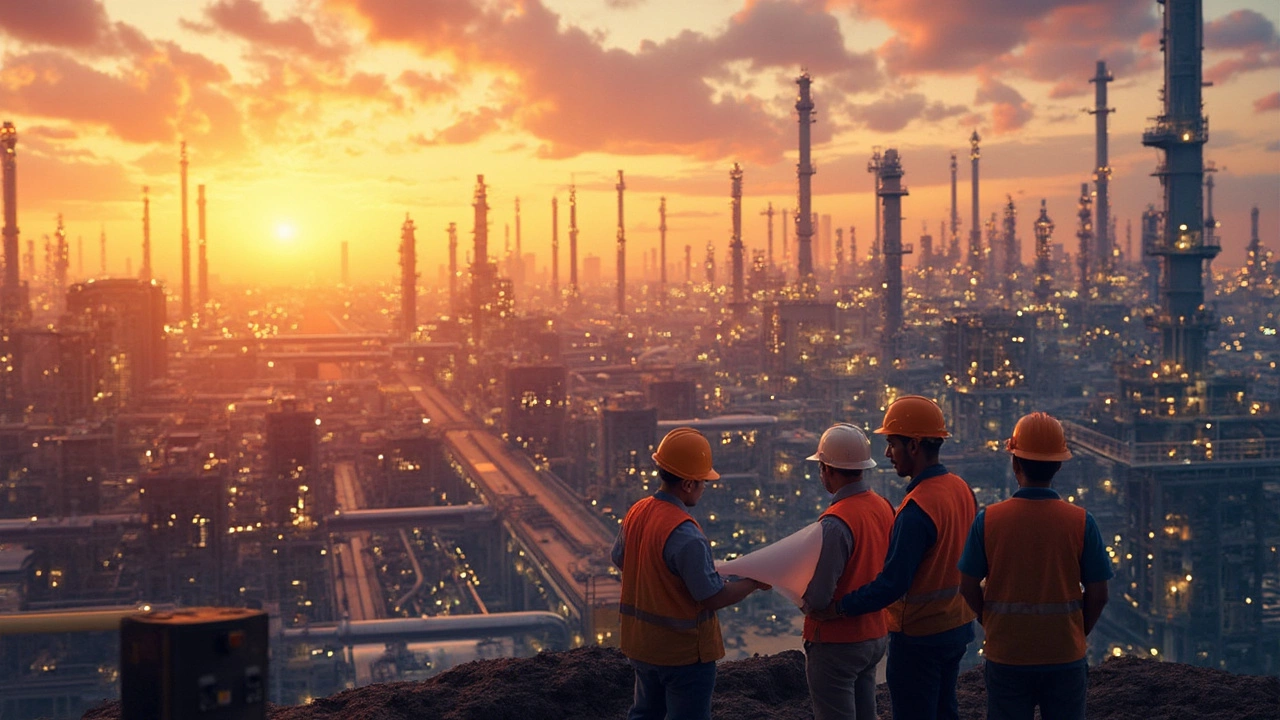Asia Chemical Giants: Who Leads the Global Chemical Market
When you think about chemicals, most people picture big labs in Europe or the US. In reality, the biggest players are in Asia. China, India, Japan, and South Korea together make more chemicals than any other region. This shift matters for anyone who buys raw materials, works in manufacturing, or follows global trade news.
Why Asia Has the Edge
First, labor costs are lower while the skill pool keeps growing. Chinese factories, for example, can churn out tons of polymer quickly, and Indian firms are investing in modern plants that meet strict quality standards. Second, governments in these countries push the sector with subsidies, tax breaks, and “Make in Asia” policies. Those incentives lower the price of production and attract foreign investment.
Third, the continent boasts a huge domestic market. Millions of people need plastics, fertilizers, and specialty chemicals every day, so companies can sell locally before looking abroad. This built‑in demand cushions them against global price swings.
Top Exporters and What They Produce
China leads the pack, exporting everything from basic petrochemicals to high‑performance polymers used in electronics. Its export value crossed $120 billion last year, according to a recent trade report. India follows with a focus on fertilizers, dyes, and specialty chemicals for pharma. Japan, though smaller in volume, excels in high‑tech chemicals like semiconductor additives and specialty polymers.
South Korea’s niche is in advanced materials for batteries and display technology. Companies there have built a reputation for quality that lets them charge a premium in global markets. Together, these nations account for more than 60% of worldwide chemical shipments.
If you’re a buyer, knowing which country excels at which product helps you negotiate better prices and faster delivery. For instance, if you need low‑cost PVC, China is usually the go‑to source. If you require highly regulated pharma‑grade solvents, India’s certified manufacturers are worth checking out.
Beyond the big players, emerging hubs in Southeast Asia—Vietnam, Thailand, and Malaysia—are ramping up production. They offer lower labor costs than China and are quickly adopting green‑chemical practices, which can be a selling point for eco‑conscious brands.
In short, Asia’s chemical giants dominate because they combine cheap labor, strong government support, massive home demand, and a growing focus on high‑value specialty chemicals. Whether you’re looking to source raw materials or understand market trends, keeping an eye on these countries will give you a clear advantage.

Largest Chemical Company in Asia: The Giant Behind India’s Booming Industry
Curious who dominates Asia’s chemical industry? This article digs into the largest chemical company in Asia, spotlighting its reach, reasons for its success, and ties to India’s fast-growing industry. It breaks down how this chemical giant stacks up against global players and what makes its influence huge in India. Discover facts you won’t find in basic industry lists, along with tips for businesses and professionals on collaborating with such giants. This read is for anyone interested in the heart of Asia’s chemical sector.
Read More